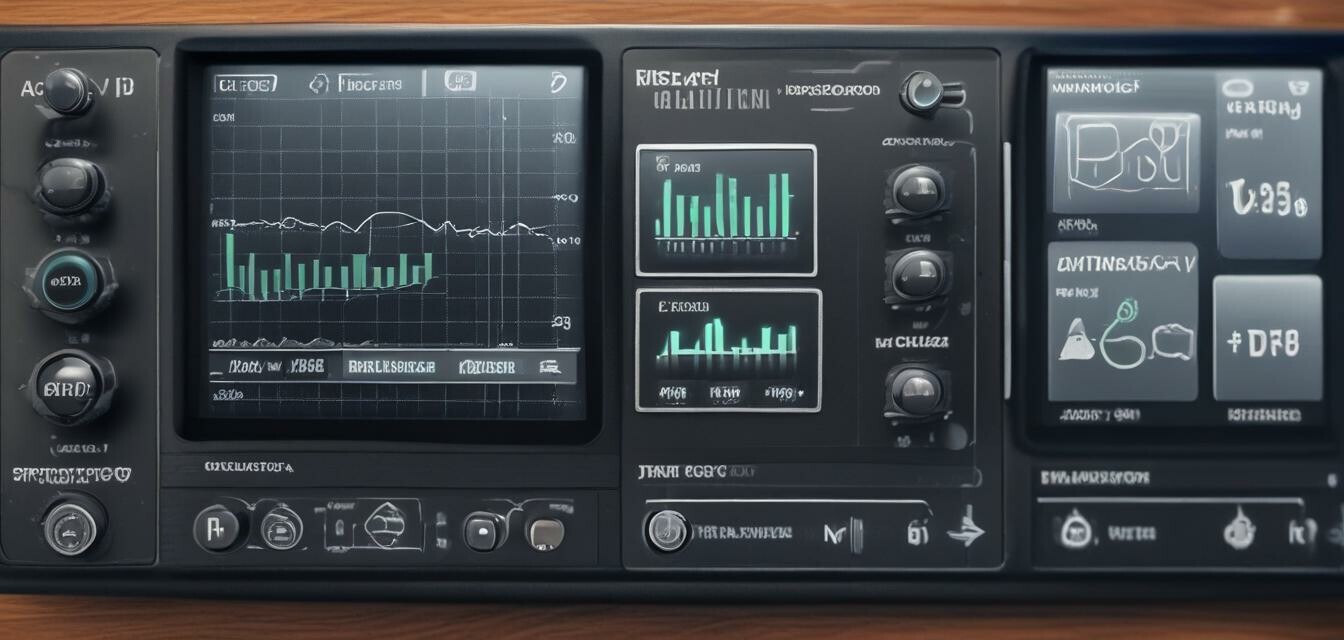
Exploring the Differences Between Hardware and Software Dashcam Features
Key Takeaways
- Understanding both hardware and software features is crucial for selecting the right dashcam.
- Hardware features typically include camera resolution, field of view, and storage capacity.
- Software features typically include user interface, connectivity options, and advanced functionalities.
- Choosing between hardware and software aspects can significantly impact your dashcam experience.
- Knowledge of features will help you make informed decisions when shopping for a dashcam.
The world of dashboard cameras, or dashcams, is a rapidly evolving landscape filled with various features that can greatly enhance performance and user experience. However, understanding the differences between hardware and software features in dashcams is essential for any potential buyer. This article will delve into these differences, the implications for dashcam performance, and how they affect the overall user experience.
Understanding Dashcam Features
Dashcams come equipped with a myriad of features that can fall into two main categories: hardware and software. Each category plays a distinct role in determining how well the dashcam performs its function of recording road activities.
Hardware Features
Hardware features are the physical components of a dashcam. Their specifications often dictate the core functionalities of the device. Here are some key hardware features to consider:
- Camera Resolution: This determines the clarity of the video recordings. Higher resolutions such as 4K produce sharper images compared to 1080p.
- Field of View (FOV): A wider FOV allows the camera to capture more of the surroundings, ensuring critical details are not missed.
- Storage Capacity: This indicates how much video data the device can store before overwriting older files. Higher storage is essential for long trips.
- GPS Functionality: Some dashcams come equipped with GPS for location tracking and speed logging, which can be useful in incident documentation.
- Battery Life: This affects how long the dashcam will function outside of your car's power source. Longer battery life is beneficial in parking mode.
Comparative Table: Hardware Features
| Feature | High-End Dashcams | Budget Dashcams |
|---|---|---|
| Camera Resolution | 4K Ultra HD | 720p / 1080p |
| Field of View | Wide Angle (170°) | Narrow Angle (120°) |
| Storage Capacity | Up to 256 GB | Up to 64 GB |
| GPS | Available | Not always included |
| Battery Life | Up to 12 hours | Less than 5 hours |
Software Features
Software features comprise the programming and interfaces that dictate how users interact with the dashcam and its capabilities. Here are important software features to look out for:
- User Interface: A user-friendly interface makes it easier to adjust settings and review footage.
- Wi-Fi Connectivity: Many modern dashcams allow for Wi-Fi connections, enabling users to save files directly to their mobile devices.
- Mobile App Integration: Some dashcams offer companion apps that allow for easier access to features and recorded footage.
- Backup and Cloud Storage: Features that allow users to back up their footage automatically to cloud storage for easy retrieval.
- Advanced Features: Intelligence functions like lane departure warnings and collision sensors can enhance safety.
Comparison Table: Software Features
| Feature | High-End Dashcams | Budget Dashcams |
|---|---|---|
| User Interface | Intuitive and customizable | Basic and rigid |
| Wi-Fi Connectivity | Available | Limited or unavailable |
| Mobile App | Dedicated app with advanced features | Basic functionality app |
| Cloud Backup | Supported | Not supported |
| Intelligent Features | Many advanced alerts | Minimal notifications |
Choosing the Right Features for You
When selecting a dashcam, knowing whether to prioritize hardware or software features is important. High-end models may offer advanced hardware that provides superior video quality but could be too complex for someone who just needs basic recording capabilities.
On the other hand, a budget model might be sufficient if you are looking primarily for straightforward recording without advanced software capabilities. Assess your particular needs and how each feature impacts your driving experience.
Tips for Beginners
- Decide on your budget beforehand.
- Research features that matter the most to you, like video clarity or smart alerts.
- Read reviews for real user experiences.
- Consider ease of installation and setup.
- Look for warranty and customer support options.
Conclusion
Understanding the differences between hardware and software features is fundamental for making an informed dashcam purchase. The right balance will depend on your specific needs and preferences. Whether opting for top-range hardware or innovative software solutions, knowing the distinctions can empower better decision-making.
For more information on dashcam options and features, visit our 4K Resolution Dashcam, Buying Guides, or Wi-Fi Enabled Dashcams sections.
Pros
- Enhanced recording quality and clarity.
- Variety of features tailored to user needs.
- Greater safety and security while driving.
- Easier access to footage through apps.
- Value addition to vehicles.
Cons
- Higher prices for advanced features.
- Complex features can overwhelm beginners.
- Regular firmware updates may be required.
- Potential compatibility issues with certain vehicles.
